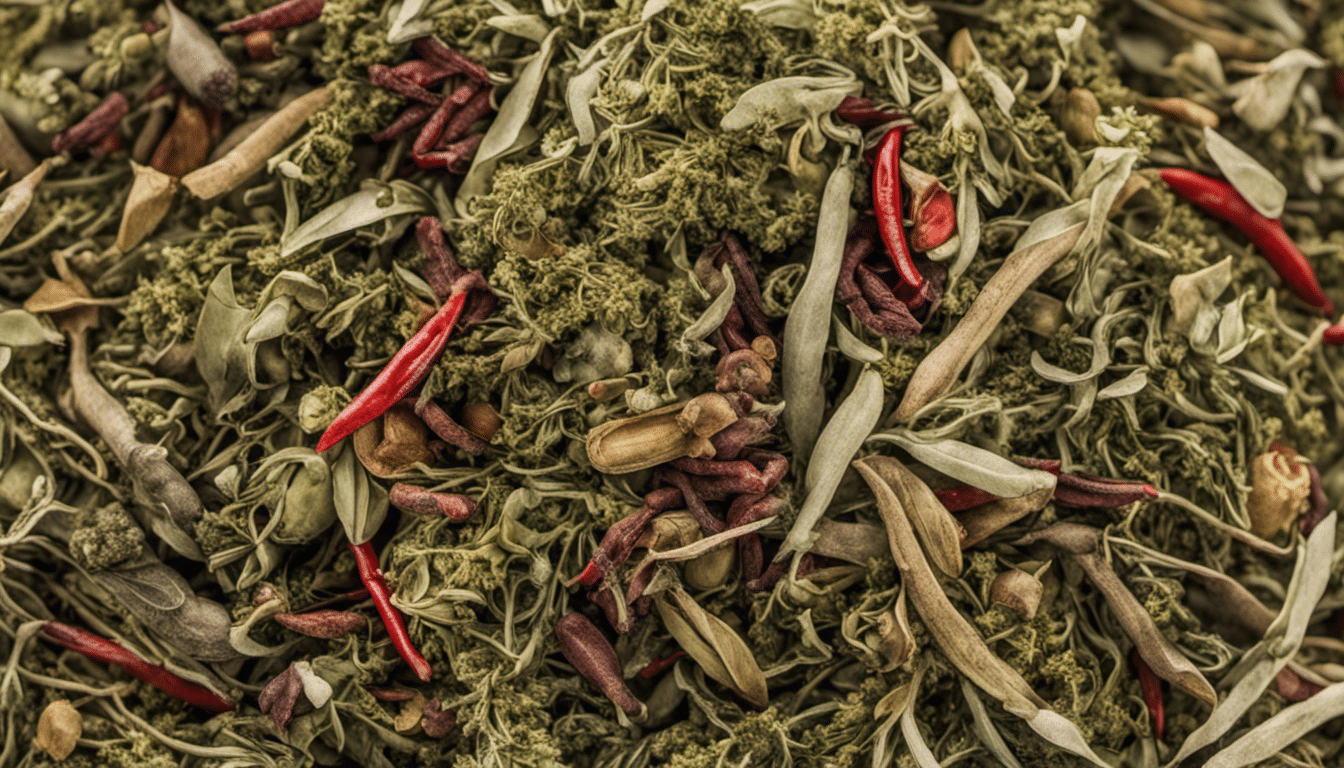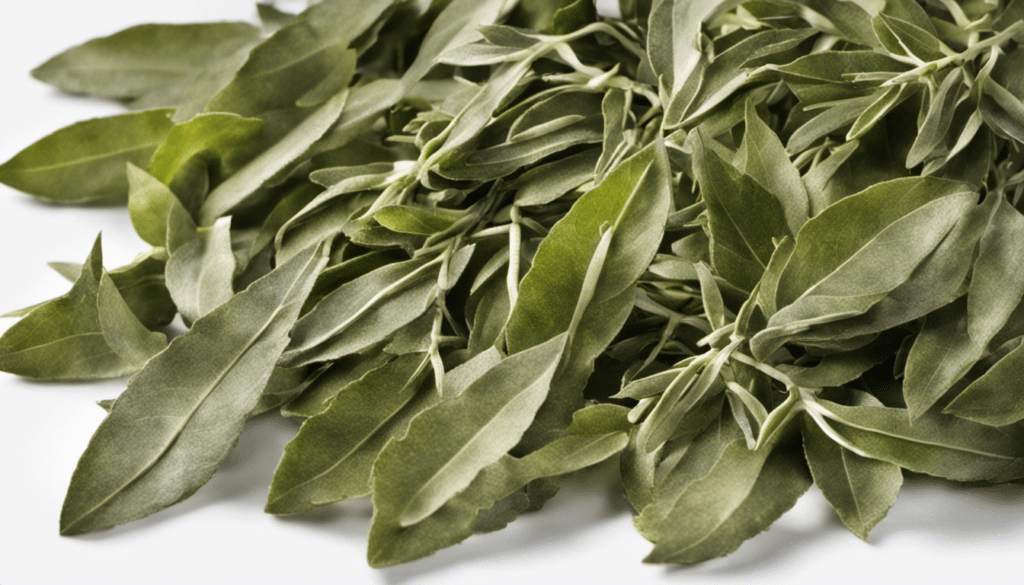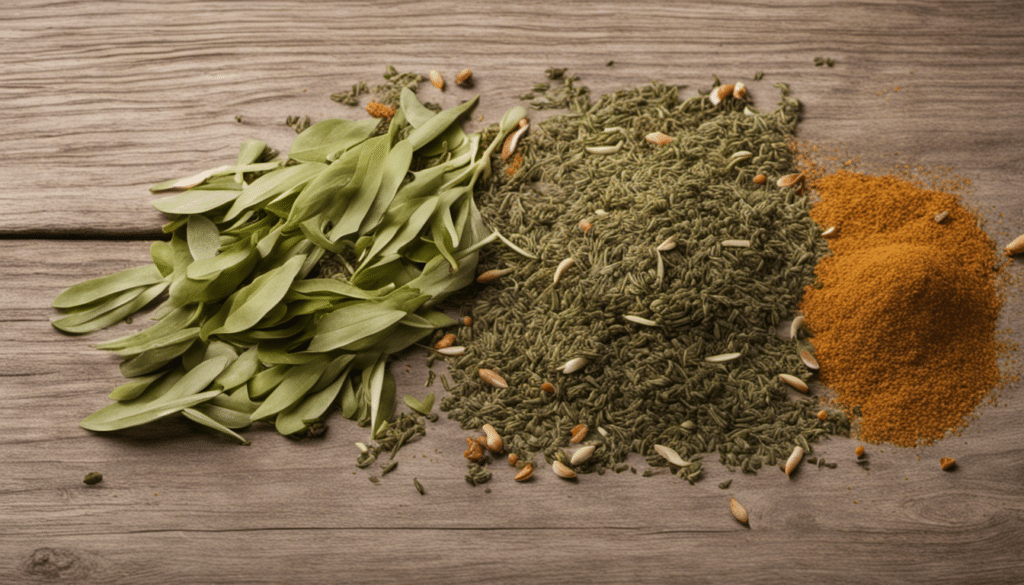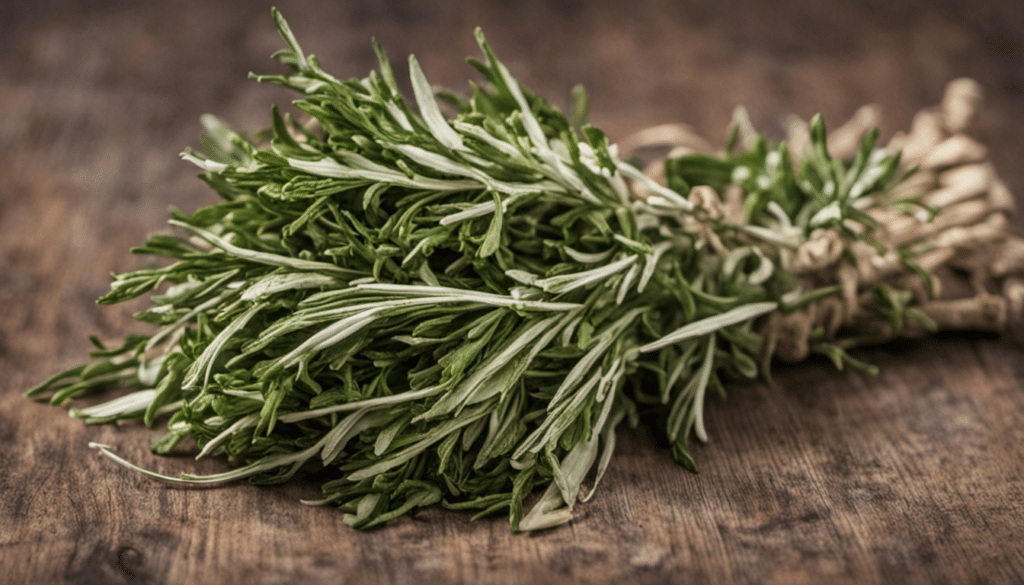Everything You Need to Know About Wild Thyme
The Natural History of Wild Thyme
Wild thyme, also renowned as creeping thyme or mother of thyme, is a well-loved herb boasting an impressive résumé that stretches back thousands of years to its roots in the Mediterranean region of Southern Europe.
Botanically named Thymus serpyllum, it grows naturally across wide parts of temperate Europe and Asia and is prevalent in the sun-soaked wild landscapes of Spain, Greece and Italy. Its natural habitat ranges from local parklands to rocky cliffs and open woodlands, signaling its durability and adaptability in various settings.
Historically, wild thyme has been used not only in food preparation, but in religious ceremonies, burial rites and traditional herbal medicine. It was a symbol of bravery in ancient Greece, while the Egyptians used it for embalming. The Romans savored it for its culinary uses and as a remedy for respiratory ailments.
Nutritional Profile and Health Benefits of Wild Thyme
Wild thyme is not just a culinary hero; it’s a nutritional powerhouse too. Rich in vitamin C, iron and dietary fiber, its boast of many health benefits is well-founded. It’s also packed full of antioxidants, especially the compound thymol, which is known for its antiseptic and fungicidal properties. The European Journal of Oral Sciences has reported studies where thymol was shown to have strong antibacterial and anti-inflammation activity in oral diseases.
Wild thyme’s high concentration of iron is beneficial for blood production and is a boon for those suffering from anemia. When it comes to the digestive system, it aids by helping the body produce gastric juice which may benefit people with poor gastric motility.
Well regarded as a cough remedy, wild thyme is found in many natural cough syrups and lozenges due to its antispasmodic properties. According to the German Commission E, a government regulatory body on the use of herbs, it is approved as a treatment for bronchitis, whooping cough and inflammation of the upper respiratory tract.
Culinary Uses of Wild Thyme
Wild thyme’s culinary value is far-reaching. With a slightly sweeter and more subtle flavor than its relative the garden thyme, it enlivens a variety of dishes. Often used in traditional Southern French and Italian cuisines, it adds a distinct character to stews, soups, meats, and is a component of the classic blend of herbs “Herbes de Provence”.
In the end, whether for its culinary, medicinal or decorative uses, wild thyme’s versatility makes it a worthwhile addition to kitchens and gardens worldwide.
Wild Thyme Recipe Ideas
- Wild Thyme and Mushroom Quiche
- Grilled Lamb Chops with Wild Thyme
- Roasted Chicken with Wild Thyme and Lemon
- Wild Thyme and Tomato Soup
- Wild Thyme Infused White Wine Sauce for Seafood
- Pasta with Wild Thyme and Garlic
- Baked Potatoes with Wild Thyme Butter
- Wild Thyme and Rosemary Grilled Vegetable Spaghetti
- Grilled Salmon with Wild Thyme and Lemon Zest
- Wild Thyme and Goat Cheese Pizza




